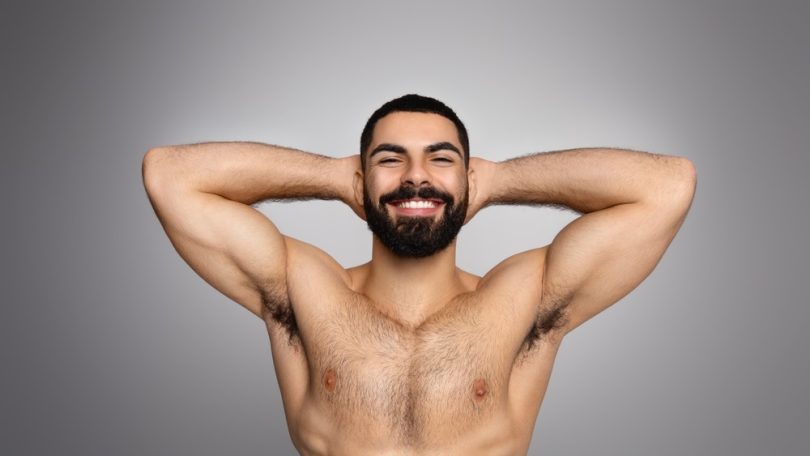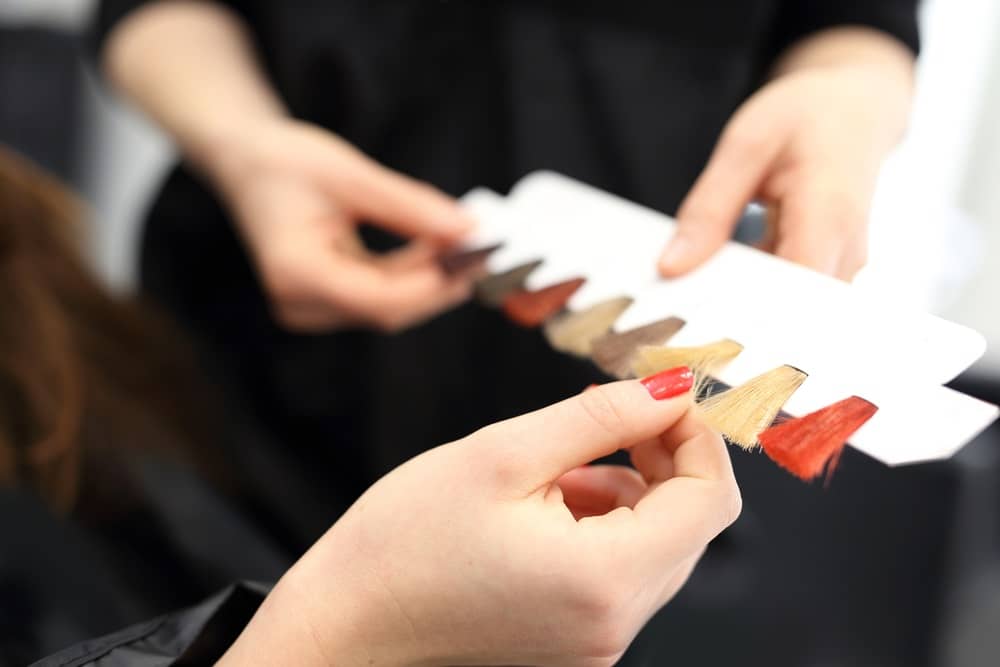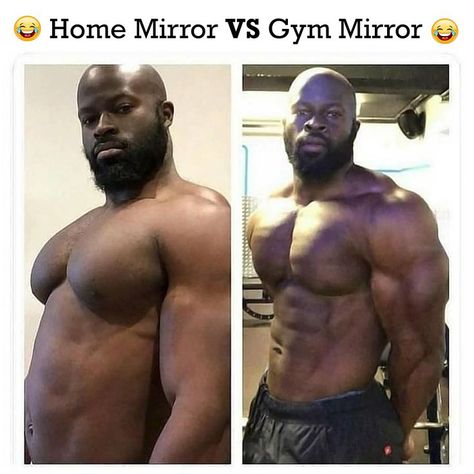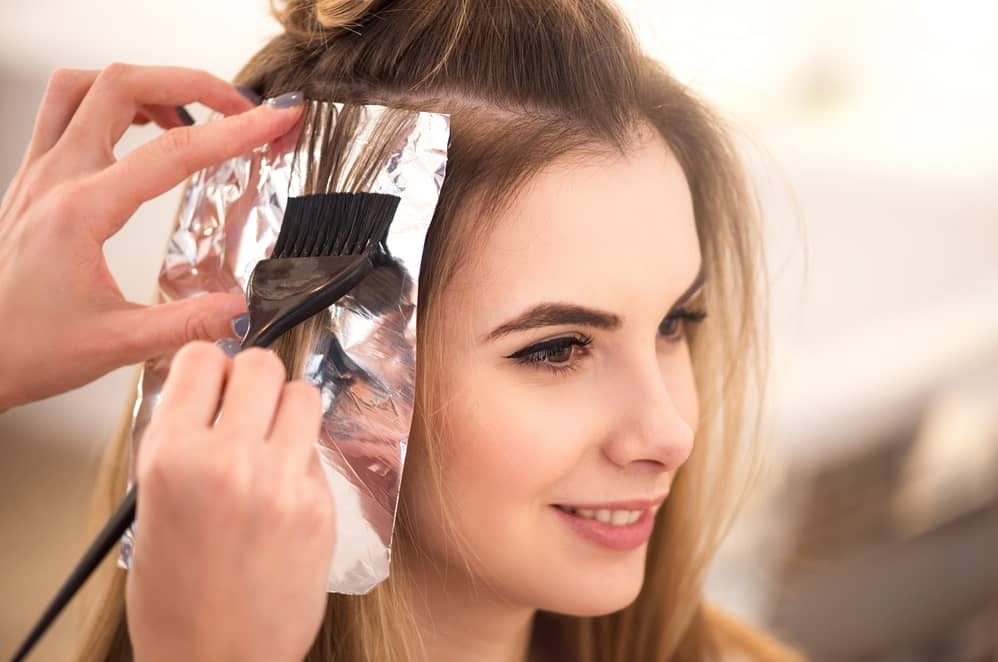If you’ve ever looked closely in the mirror and noticed some of your facial hair strands looking a little lighter or even blonde, you might be wondering, “Why is that?” After all, the rest of your hair might be a darker color, like brown or black, so what’s going on?
The answer is actually a bit more fascinating than you might think.
1. Genetics: The Root of It All
Like many traits, your hair color is influenced heavily by genetics. Your DNA determines the amount and type of melanin (the pigment that gives hair its color) produced in each hair follicle. Melanin comes in two forms: eumelanin (responsible for black and brown tones) and pheomelanin (which produces red and yellowish hues).
It’s not unusual for some hair follicles to produce less melanin than others, which can result in lighter strands. Even within a single beard or mustache, individual hairs can express different genes for color. This variation is completely normal, and sometimes you can even find a mix of colors like red, brown, and blonde—especially if your family tree includes ancestors with different hair colors.
2. Sunlight Exposure
Ever noticed how your hair lightens after spending a lot of time in the sun? That’s because UV rays from the sun can break down melanin in your hair, leading to lighter strands. Your facial hair, especially if it’s on the thinner side or if you spend a lot of time outdoors, can go through the same process. So, if you’ve noticed some blonde or lighter hairs after a summer filled with beach days or hikes, the sun might be to blame.
3. Hormonal Changes
Hormones can have a big impact on hair color. Testosterone, the hormone responsible for facial hair growth, can also influence melanin production in facial hair follicles. As testosterone levels fluctuate (which they can throughout your life), you might see changes in your facial hair color, including random blonde patches. This might be especially noticeable during puberty or in your 20s and 30s when hormone levels are changing.
4. Aging and Natural Color Changes
As you age, your body produces less melanin, which is why people typically go gray over time. But it’s not always a gradual dark-to-gray shift. Some people notice random lighter strands appearing years before they start going fully gray. These lighter, blonde hairs may simply be the early signs of melanin production slowing down.
Even if you’re still young, aging doesn’t necessarily mean “old.” You can experience small shifts in your hair color at any point in adulthood as your body naturally adjusts how much melanin it’s making.
5. Nutritional Factors
Believe it or not, what you eat can also affect your hair. Certain deficiencies in vitamins and minerals, particularly vitamin B12 and copper, can lead to changes in hair pigmentation. These nutrients are involved in melanin production, so a lack of them might cause some of your hair to lose its color, resulting in lighter or blonde hairs appearing in your beard or mustache.
If you’ve noticed a sudden increase in blonde or lighter hairs, it might be worth taking a look at your diet to ensure you’re getting enough of these essential nutrients.
6. Stress and Environmental Factors
Stress is often blamed for gray hairs, but it can also have an impact on hair color in more subtle ways. Prolonged stress can affect how your body produces melanin, potentially leading to lighter facial hair. The environment also plays a role: factors like air pollution, chemicals in products, and exposure to harsh elements can all subtly alter the appearance of your hair over time.
7. Natural Variation: Embrace the Difference
It’s important to remember that facial hair is unique for everyone. Some people grow full, uniform-colored beards, while others have a delightful patchwork of shades. Whether it’s blonde, red, brown, or black, facial hair often grows in a variety of colors—this is just part of the charm of human genetics.
If your blonde patches bother you, you can always try beard dyes or grooming techniques to create a more uniform look, but a lot of people love the uniqueness that comes with having a multi-colored beard.
Final Thoughts
The appearance of blonde or lighter facial hair is typically nothing to worry about and can be chalked up to natural factors like genetics, sunlight exposure, hormonal shifts, or even aging. It’s one of those quirky, individualized traits that makes you, well, you. So, the next time you catch those blonde strands in the mirror, you can smile and know that they’re just another small part of the fascinating biology that goes into growing a beard.
And besides, having a little bit of blonde mixed in could add some character to your look!








